spacious home in fuji, shizuoka
An Expansive 7LDK house Minutes from Higashi-Tagonoura Station
Nestled in the serene neighborhood of Numata Shinden, Fuji City, this expansive 7LDK residence offers an exceptional opportunity for those seeking ample space and comfort. Built in October 1993, the property harmoniously blends traditional Japanese architecture with modern amenities.
- Price: ¥9,900,000
- Build Year: 1993
- Layout: 7LDK
- Plot Size: 282.58m2
- Building Size: 196.66m2
- Closest Train: Higashi-Tagonoura Station
- Distance to Station: 800m
Lifestyle and Location: Embracing Tradition and Nature
Fuji City is renowned for its breathtaking vistas of Mount Fuji, serving as a picturesque backdrop to daily life and leisure. The city’s cultural tapestry includes historic temples and shrines, traditional festivals, and vibrant community events that celebrate its deep-rooted heritage. Visitors and residents alike can explore the rich history through numerous local museums and historical landmarks.
Beyond its cultural charm, Fuji City features stunning natural attractions. The nearby coastline, including Tagonoura Port, is popular for its fresh seafood markets and scenic waterfront views. Parks such as Iwamotoyama Park offer splendid seasonal beauty, with cherry blossoms in spring and vibrant foliage in autumn, making it a favored spot for families and nature enthusiasts to unwind and enjoy outdoor activities.
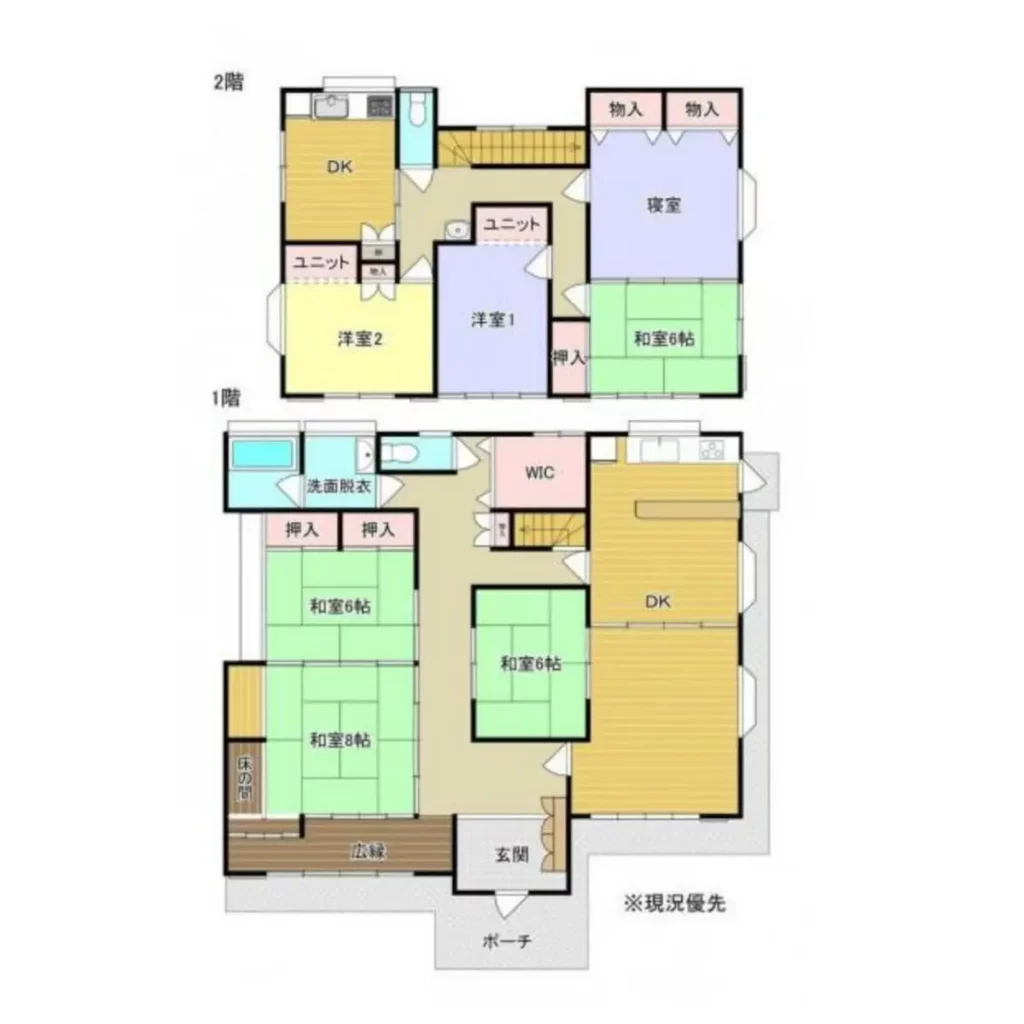
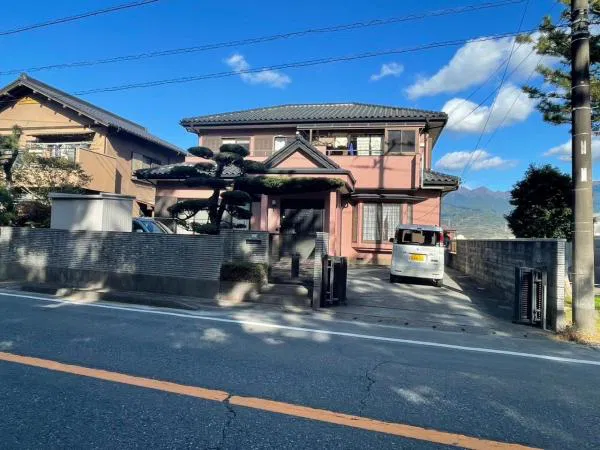
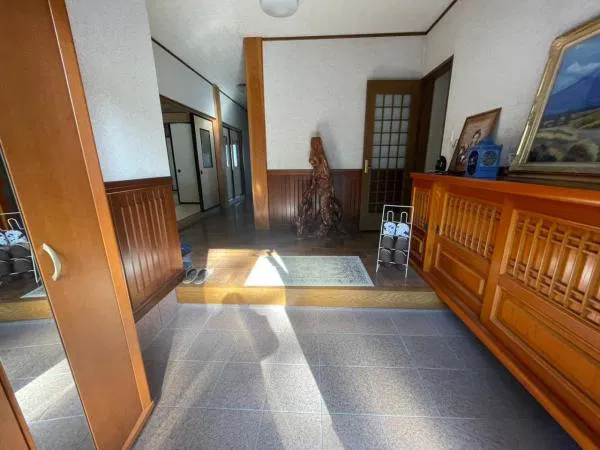
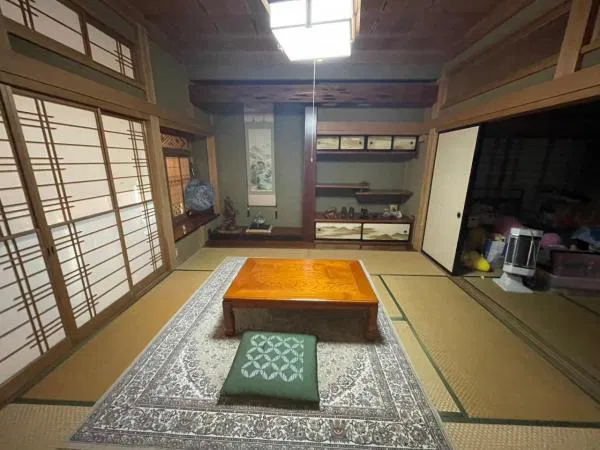
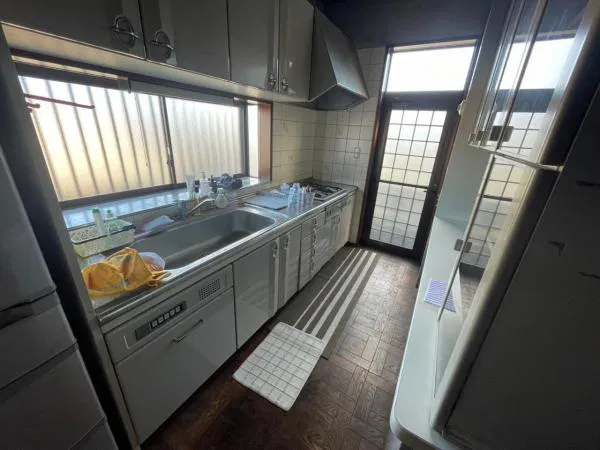
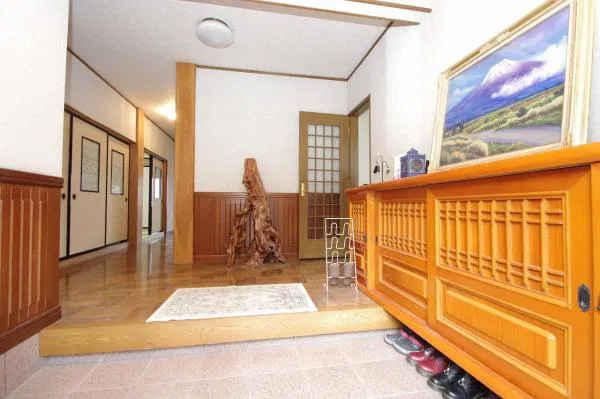
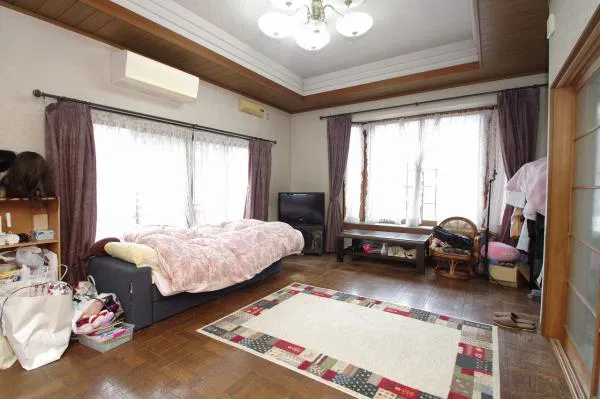
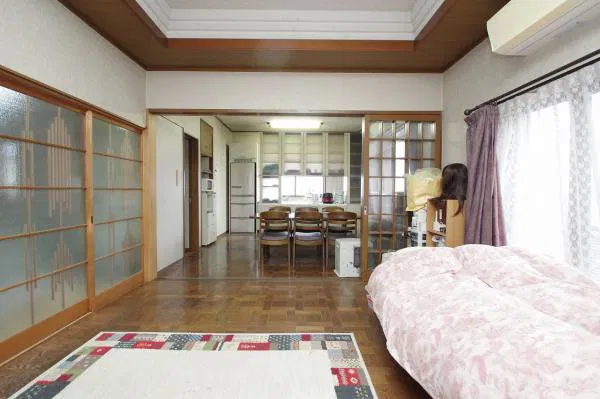
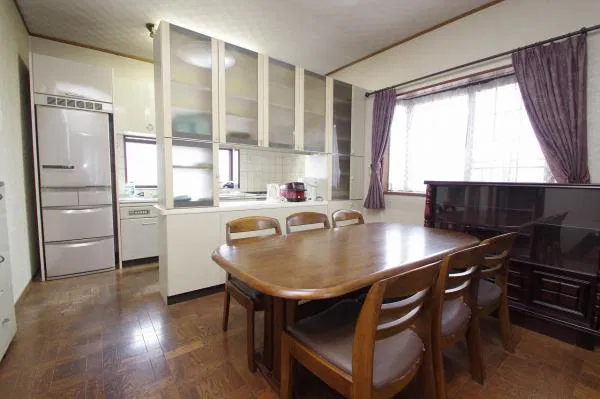
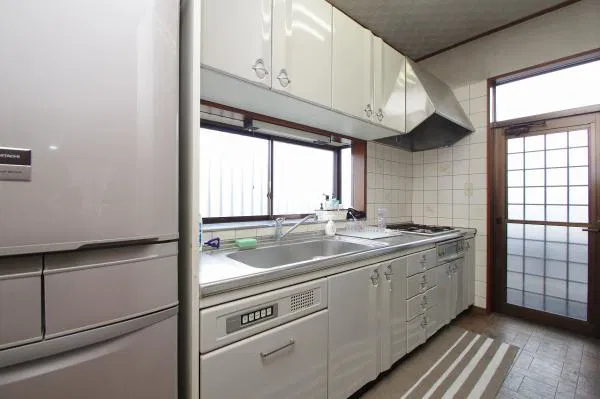
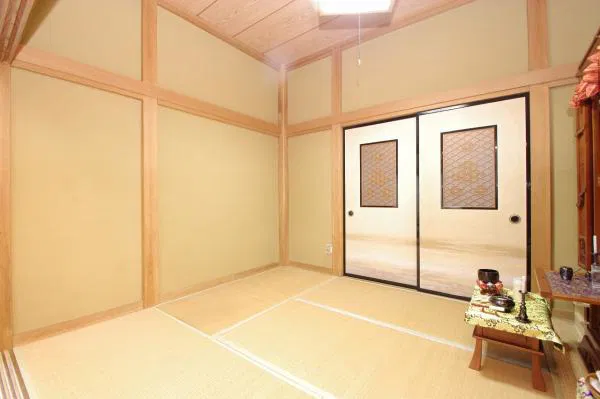
Key Features
- Spacious Layout: The 7LDK configuration provides versatile living spaces, accommodating various family needs and activities.
- Modern Utilities: Equipped with essential services, including public water supply, sewerage system, propane gas, and electricity.
- Prime Location: Approximately an 11-minute walk to Higashi-Tagonoura Station on the Tokaido Main Line, facilitating easy commutes to nearby cities and attractions.
- Zoning Details: Situated in a Category 1 Residential Zone with a Building Coverage Ratio of 60% and a Floor Area Ratio of 200%, offering potential for future expansions or modifications. **Need to check if renting properties is permitted**
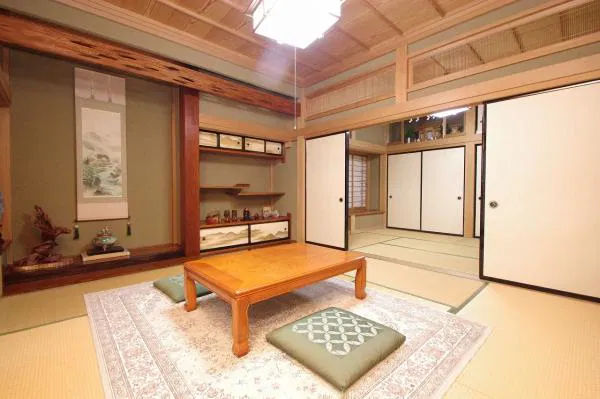
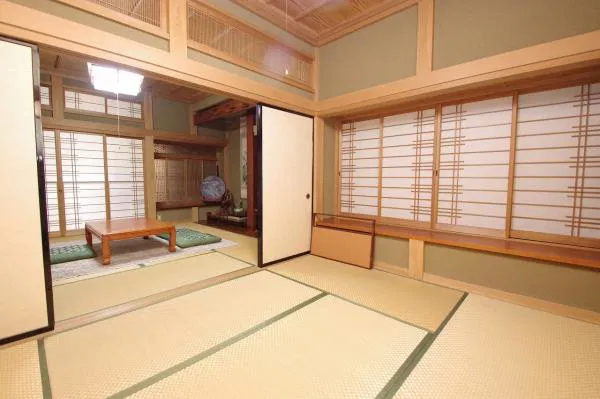
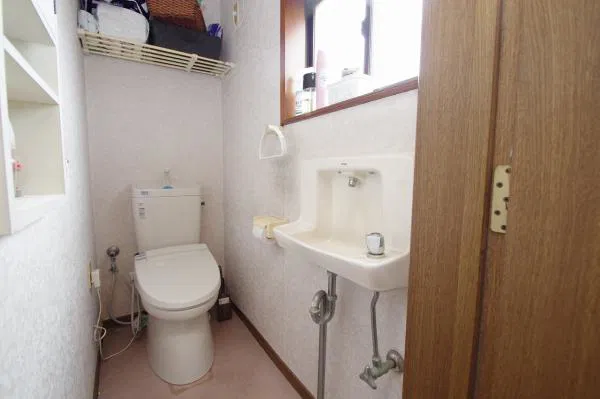


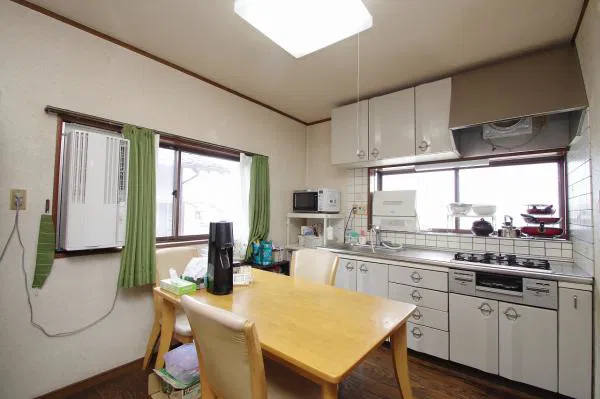
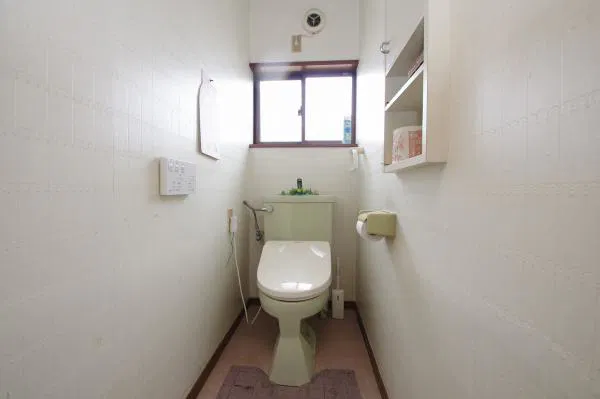
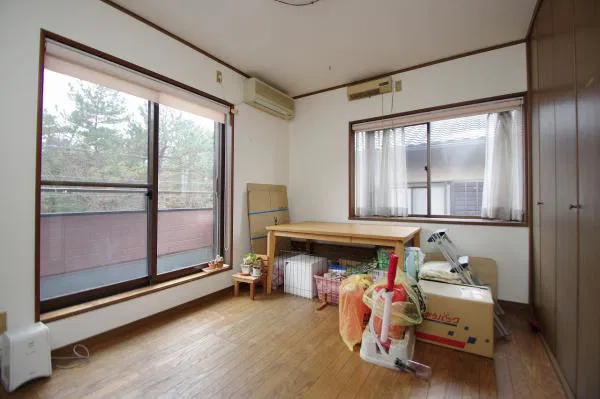
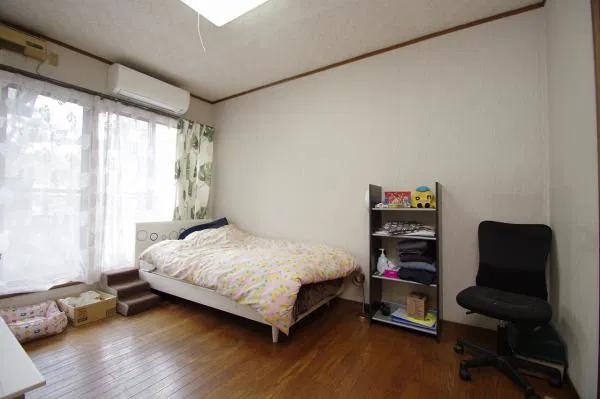
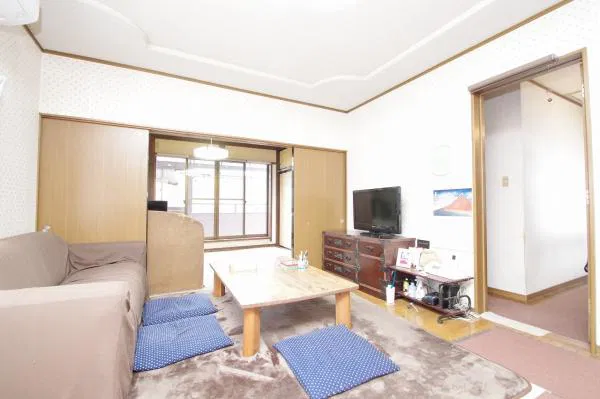
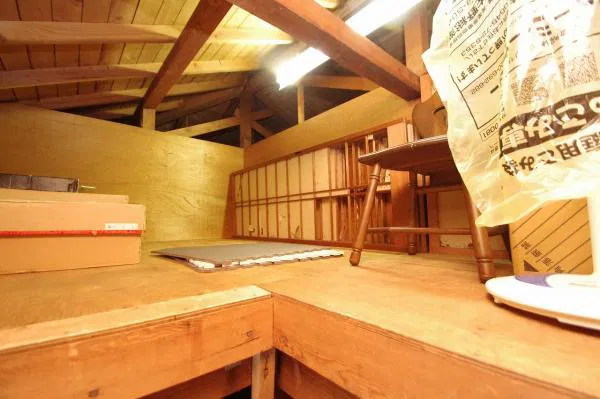
Lifestyle & Community
This property presents a unique opportunity to own a spacious home in one of Shizuoka Prefecture’s most desirable locations. With a generous 7LDK layout, this residence is particularly well-suited to multigenerational households, offering plenty of space for each family member to enjoy privacy and comfort while still facilitating close family interaction. The thoughtful south-facing design ensures ample natural sunlight, enhancing the home’s welcoming and warm atmosphere.
The expansive outdoor area allows for gardening, outdoor dining, and relaxation, providing a private retreat right at home. The property’s strategic location near essential amenities such as schools, supermarkets, and medical facilities makes daily living convenient and enjoyable. The proximity to Higashi-Tagonoura Station further amplifies its appeal, making commuting effortless and efficient for residents.
Whether you are seeking ample space to comfortably accommodate a growing family, considering an investment property with great potential, or simply longing for a tranquil home environment with easy access to urban conveniences, this property perfectly meets diverse needs. Do not miss this exceptional opportunity to create lasting memories in this inviting and accommodating home.
- Outdated Wiring: Older homes may have electrical systems that are not up to modern standards, posing risks of electrical shorts, outages, or even fires.
- Limited Power Capacity: Many older homes were built with lower electrical capacity, which may not support today’s high-demand appliances and technology.
- Potential Code Violations: Electrical systems in older properties may not meet current safety codes, which could require costly upgrades to make the home safe and functional.
- Foundation Weakness: With time, foundations can crack or shift, leading to structural instability. Japan’s seismic activity only adds to the importance of a solid foundation.
- Wood Rot and Termite Damage: Many older homes, particularly traditional wooden structures, are susceptible to wood rot or termite damage, which can compromise the building’s stability.
- Lack of Earthquake-Resistant Design: Properties built before modern earthquake regulations may lack necessary reinforcement, putting them at higher risk in the event of seismic activity.
- Aesthetic and Functional Updates: Many older homes require updates to align with modern aesthetics and functionality, from basic cosmetic work to extensive layout changes.
- Plumbing and Heating: Outdated plumbing systems may need to be replaced to handle modern usage, and some homes may lack central heating altogether, which could be costly to install.
- Permits and Permissions: Renovations on older homes may require special permits, especially if the property is designated as a traditional structure or located in a culturally protected area.
- Possibility of Asbestos: Many homes built before the 1980s may contain asbestos in insulation or roofing materials, which can be hazardous and require professional removal.
- Lead-Based Paint: Older properties may contain lead-based paint, which is hazardous, especially if peeling or exposed.
- Unregulated Building Materials: In older construction, certain materials that are now known to be hazardous may have been used and would need to be carefully assessed or replaced.
- Flooding and Landslide Risks: Some rural properties may be located in areas prone to natural hazards like flooding or landslides, especially given Japan’s mountainous and rainy climate.
- Mold and Humidity: Due to Japan’s humid climate, older properties may have issues with mold or mildew, particularly if they have been unoccupied for extended periods.
- Limited Accessibility: Many older homes are located in rural areas with limited access to public transportation or modern conveniences, which may be challenging for those used to urban living.
- Higher Maintenance Costs: Older homes often require more upkeep due to the wear and tear on materials over the years.
- Seasonal Repairs: Traditional Japanese homes with features like tatami floors and shoji screens require regular care and can be susceptible to seasonal changes.
- Potential Lack of Insulation: Many older homes were built without adequate insulation, leading to discomfort in winter and high energy costs if insulation isn’t updated.
